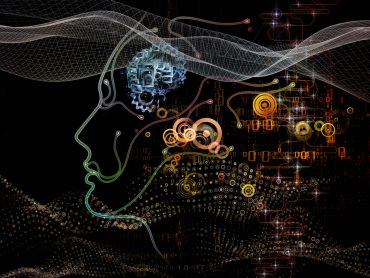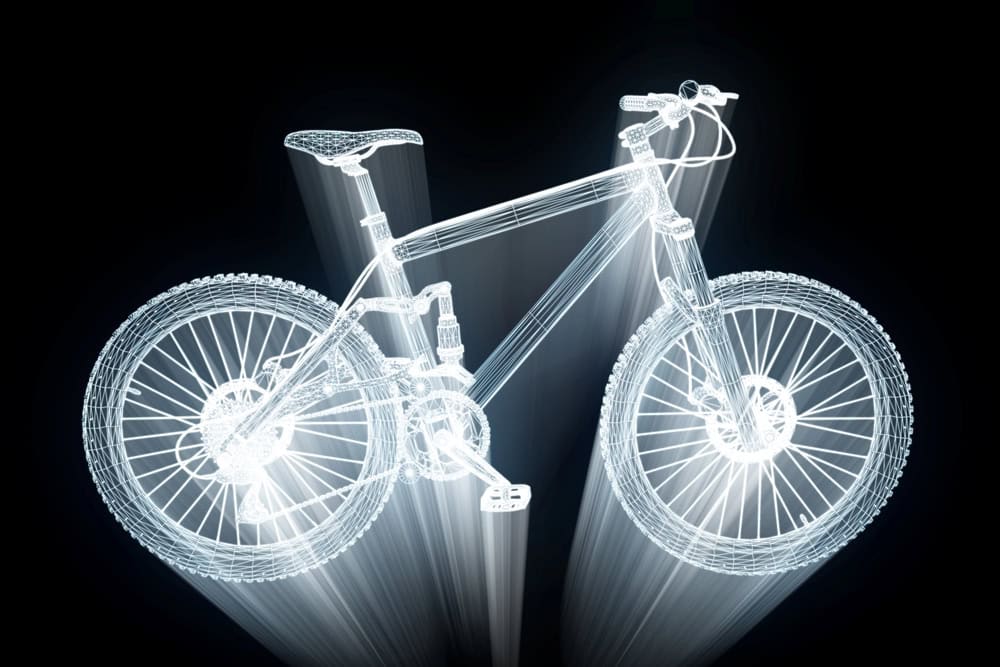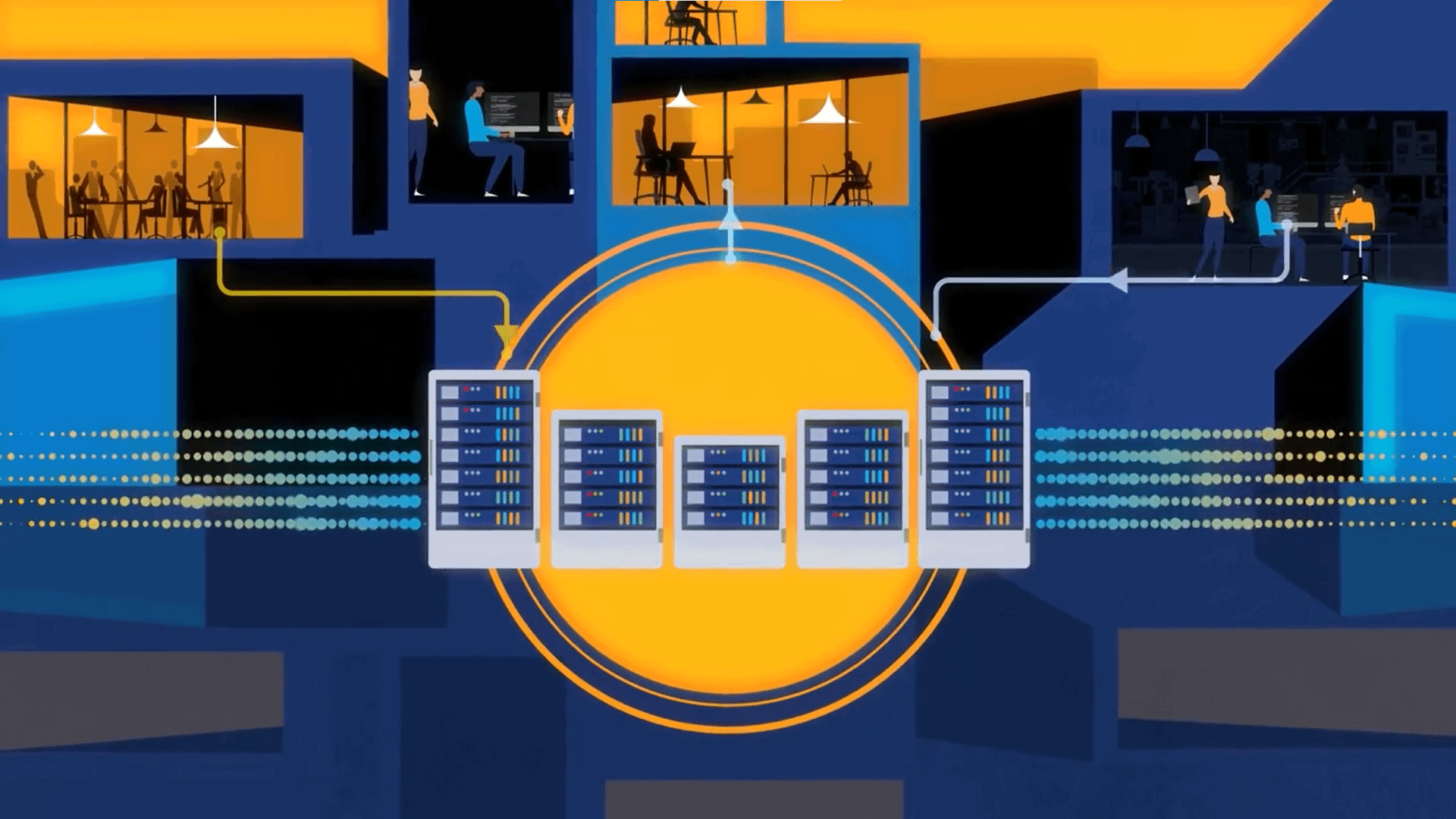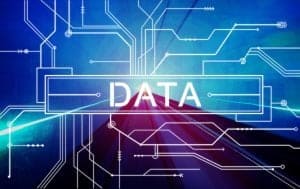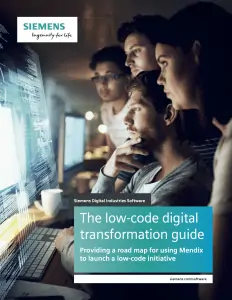
Hybrid RAG is a unified framework that intelligently combines vector-based and graph-based retrieval within a single, orchestrated workflow.
The enterprise landscape is undergoing a profound transformation driven by the advent of Generative AI. While Large Language Models (LLMs) demonstrate remarkable capabilities in content creation and human-like interaction, their direct application within enterprise contexts is constrained by fundamental limitations. These models, trained on vast but static public datasets, often produce factually inaccurate or fabricated information—a phenomenon known as “hallucination”. This occurs because they lack access to proprietary, real-time corporate data and cannot provide the auditable, traceable answers required for mission-critical operations. As a result, an approach known as Retrieval-Augmented Generation (RAG) has emerged as the predominant architectural pattern for grounding LLMs in verifiable external knowledge, enhancing their reliability and utility for the enterprise.
While the implementation of RAG enhances the reliability and utility of LLMs for the enterprise, it exists on an evolutionary spectrum. The initial and most common approach is VectorRAG, which leverages vector databases to perform semantic similarity searches across a vast corpus of unstructured text and finds thematically relevant information. A more advanced approach, Graph RAG, utilizes the explicit, structured relationships encoded within enterprise knowledge graphs to enable precise, multi-step reasoning and deliver highly accurate, explainable answers. Each approach / architectural design pattern, however, possesses inherent limitations when used in isolation.
As a result, a new benchmark for enterprise-grade AI called Hybrid RAG has emerged. This architectural pattern synthesizes the complementary strengths of both vector-based semantic retrieval and graph-based relational reasoning into a single, unified framework. By intelligently querying both data sources, Hybrid RAG delivers demonstrably higher factual correctness, superior context relevance, and a level of trustworthiness that neither approach can achieve alone. This is not merely an incremental improvement but a necessary architectural evolution for tackling the complex, multi-faceted queries that define enterprise decision-making, which invariably require an understanding of both semantic nuance and structured connections across the dispersed data, metadata, content, and knowledge silos.
See also: Key Lessons for Building Effective RAG Systems
The Evolution of RAG and the Strategic Imperative of a Hybrid Approach
The term RAG encompasses a range of techniques, each with distinct capabilities and trade-offs. Understanding this evolution is crucial for any AI strategist or Chief Data & Analytics Officer (CDAO) charting their organization’s path forward to transitioning from data-driven to AI-driven. The most popular include:
1) VectorRAG (Baseline RAG): The Power of Semantic Similarity
The foundational RAG architecture, often called VectorRAG or “naïve RAG,” is predicated on the power of semantic search over unstructured data. The process begins by taking large volumes of unstructured text—such as internal wikis, research papers, support documentation, or legal contracts and an organization’s content management systems—and breaking them down into smaller, manageable chunks. Each chunk is then processed by an embedding model, which converts the text into a high-dimensional numerical vector. These vector embeddings, which capture the semantic meaning and context of the original text, are stored and indexed in a specialized vector database. When a user poses a question,
it too is converted into a query vector, and the vector database performs a high-speed similarity search (e.g., using cosine similarity or Euclidean distance) to find the text chunks whose vectors are closest to the query vector. These relevant chunks are then provided to the LLM as context along with the original query to generate a grounded contextual response.
Vector RAG’s primary advantages are its speed and scalability. Vector databases are highly optimized to perform similarity searches across billions of vector documents in milliseconds, making them ideal for applications that need to process vast amounts of unstructured data efficiently. This approach also excels at finding relevant content even when the user’s query does not contain the exact keywords present in the source documents, as it operates on semantic meaning rather than lexical matching.
Despite its power, VectorRAG has significant limitations. By breaking documents into independent chunks, the architecture often loses the explicit relationships and hierarchical structures that exist between those chunks of information. This can lead to a critical failure mode known as “context poisoning,” where the retrieval system returns a chunk that is semantically similar but contextually incorrect. Moreover, VectorRAG fundamentally struggles with queries that require multi-hop reasoning or an understanding of structured, schema-bound data, such as organizational hierarchies, product dependencies, or financial key performance indicators (KPIs).
2) Graph RAG: The Precision of Structured Knowledge
Graph RAG extends the RAG architectural pattern by incorporating the rich, structured context of a knowledge graph. In a Graph RAG architecture, the retrieval source is a knowledge graph, which is a database that models information as a network of entities (nodes) and the explicit relationships between them (edges). Instead of searching for semantically similar text chunks, retrieval involves traversing these predefined connections. This allows the system to answer complex questions by following a logical path through the data, effectively performing multi-hop reasoning.
The primary benefits of Graph RAG are its high factual accuracy and inherent explainability. Because the LLM’s response is grounded in explicitly defined entities and relationships, the risk of hallucination is dramatically reduced. The retrieval path through the graph is traceable, providing a clear audit trail for how an answer was derived—a critical requirement in regulated industries. This structure makes Graph RAG exceptionally well-suited for answering complex, analytical questions that depend on understanding interconnections, such as “Which projects, managed by employees in the London office, utilize technology from a vendor that was acquired last year?” Research confirms this advantage, showing that Graph RAG improves context relevance by 7% compared to simpler methods.
Yet, Graph RAG’s reliance on a well-defined structure can also be a limitation. It may underperform on broad, abstractive queries where the relevant entities are not explicitly mentioned in the user’s question, as there is no clear starting point for graph traversal. Additionally, the creation and maintenance of the underlying knowledge graph have historically required a more significant upfront investment in data modeling and governance.
The Hybrid Advantage: Synthesizing the Best of Both Worlds
The evolution from simple RAG to hybrid architectures is not a purely academic exercise; it is a direct response to the escalating demands of enterprises seeking to deploy AI solutions that are not only powerful but also accurate, auditable, and deeply integrated with their complex data ecosystems. Recognizing the complementary nature of these two approaches, the industry is rapidly converging on Hybrid RAG as the optimal architecture for enterprise AI. But what is that exactly?
Hybrid RAG is a unified framework that intelligently combines vector-based and graph-based retrieval within a single, orchestrated workflow. At its core is an orchestration layer that, upon receiving a user query, can dispatch requests to both a vector database and a knowledge graph. This allows the system to leverage the vector database for broad semantic discovery – such as finding potentially relevant documents – and then use the knowledge graph to refine, augment, and ground those findings with structured, factual context. This canonical example illustrates this synergy: a user query about a specific “error code” in a manufacturing context would first trigger a vector search to retrieve semantically relevant maintenance logs and technical manuals. The entities identified in these documents (e.g., the error code itself, specific machine parts) would then be used to query the knowledge graph, which could traverse explicit relationships to identify the precise product line affected, the component known to cause this fault, the approved solution procedure, and the inventory level of the required replacement part.
This approach is gaining traction as empirical evidence validates the superiority of this synergistic approach. Studies have shown that a Hybrid Graph RAG architecture can improve factual correctness by a significant 8% over baseline RAG alone. This synergy effectively mitigates the weaknesses of each individual method. It can handle queries that require exact keyword matches, those that depend on semantic understanding of synonyms and related concepts, and those that demand complex, multi-hop reasoning across structured data, resulting in far greater accuracy and relevance.
The adoption of a Hybrid RAG architecture represents more than just a technical enhancement; it is a strategic move that directly addresses one of the most persistent challenges in enterprise data management: the data silo problem. For decades, organizations have struggled to unify their data, which typically resides in two distinct worlds: structured data in relational databases and data warehouses, and unstructured data in document repositories, email servers, and content management systems. Traditional Business Intelligence (BI) and analytics tools have found it exceptionally difficult to bridge this divide, requiring cumbersome, manual, and often incomplete Extract, Transform, Load (ETL) processes.
Hybrid RAG provides the first truly AI-native solution to this problem. The architecture, by its very design, necessitates a unified retrieval strategy that spans these previously disconnected worlds. The vector index provides a powerful semantic lens over the vast sea of unstructured documents, while the knowledge graph serves as the canonical, curated “system of record” for the key entities and relationships that define the business domain. When an LLM, guided by a hybrid retrieval mechanism, answers a question, it is actively synthesizing insights from both sources in real-time.
CDAOs who champion the implementation of a Hybrid RAG system are not merely building a more sophisticated chatbot; they are architecting an AI-powered data fabric capable of answering questions that were previously impossible to ask, effectively dissolving the technical and conceptual barriers between the structured and unstructured data realms.





